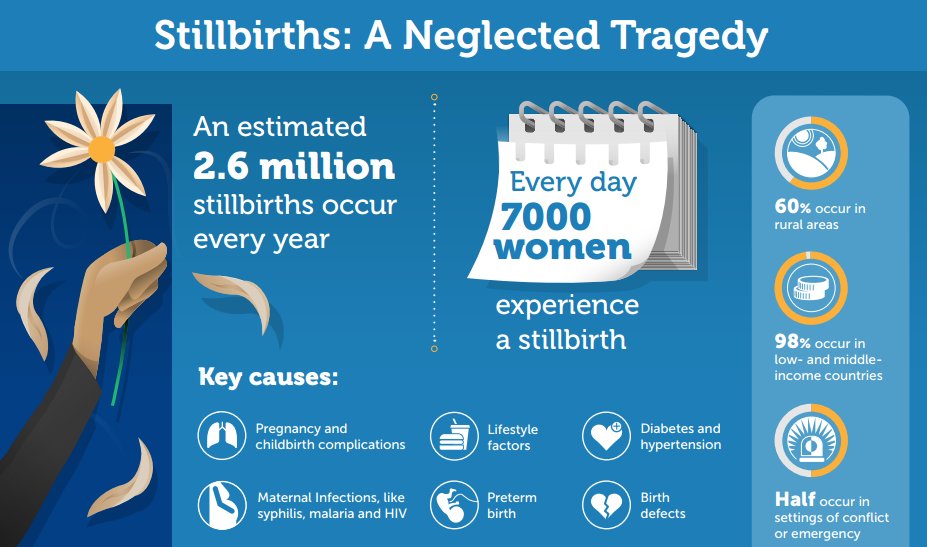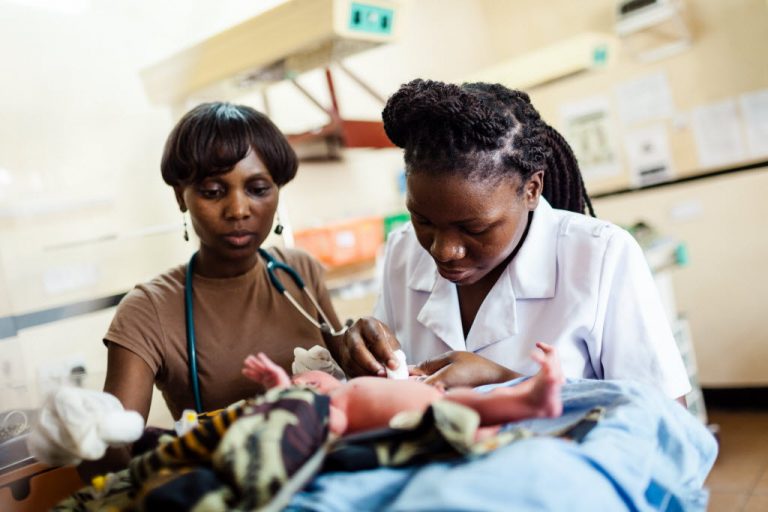It is easy to feel helpless in the face of stories of preventable deaths. The process of death review, or mortality audit, can tell a powerful story, in order to save lives.
See related Comment in The Lancet
The circumstances surrounding a stillbirth and neonatal and maternal death can be painful to recount. However, this process of reviewing deaths, or near-miss cases, can highlight missed opportunities in care, leading to fewer such cases in the future.
We are now well aware that the time around birth is the most dangerous time for women and babies. Every year, worldwide, 303 000 women die during pregnancy and childbirth, 2.7 million babies die during the first 28 days of life and 2.6 million babies are stillborn.
Most stillbirths and neonatal deaths are preventable with quality health care during pregnancy and childbirth. Nearly all babies who are stillborn and half of all newborn deaths are not recognized with a birth or death certificate, and thus have never been registered, reported or investigated by the health system. As a result, many countries do not know the true numbers of deaths or the causes of these deaths and thus are unable to take the effective and timely actions to prevent others babies and mothers from dying.

WHO has just launched guidance to help countries improve their data on stillbirths and maternal and neonatal deaths. The first publication, The WHO application of ICD-10 to deaths during the perinatal period (ICD-PM) is a standardized system for classifying stillbirths and neonatal deaths. The system helps countries link stillbirths and neonatal deaths to contributing conditions in pregnant women, like diabetes or hypertension.
The second publication, Making Every Baby Count: Audit and Review of Stillbirths and Neonatal Deaths is a guide to help countries review and investigate individual deaths so they can recommend and implement solutions to prevent similar ones in the future. It also incorporates a simplified ICD-PM classification and guidance on identifying modifiable factors and applying solutions; in order to assist teams in health facilities complete a basic death review. Mortality audit is a well-defined clinical practice in many high-income countries, and there is evidence that it is growing in low- and middle-income countries as well. South Africa in particular is the first African country to have a nationally-mandated system for maternal, perinatal and child death reviews. Many country-level experts were involved in the development and testing of these new tools.
We are hopeful that the dissemination and use of these new tools will help make every birth and death count, and keep us on the path of ending preventable deaths worldwide. This work demonstrates the commitment of WHO and partners to deliver on the call to action for improved perinatal data and tools from the Every Newborn Action Plan.
“Every time a death is reviewed it has the potential to tell a story about what could have been done to save a mother and her baby.” – Dr Anthony Costello, Director of Maternal, Child and Adolescent Health at WHO
See these publications and more on the Healthy Newborn Network Mortality Audit Issues page.
